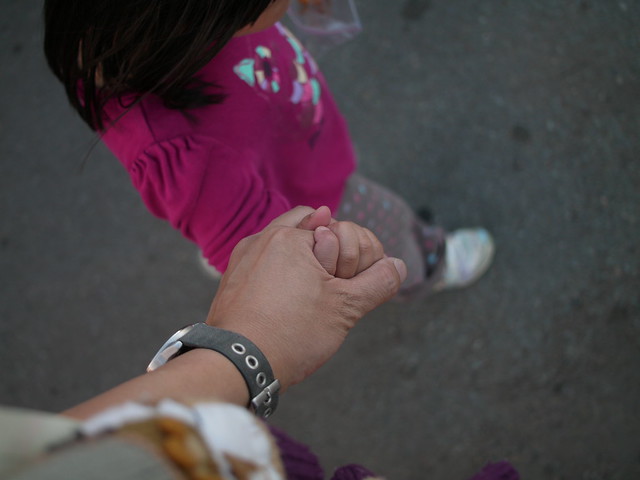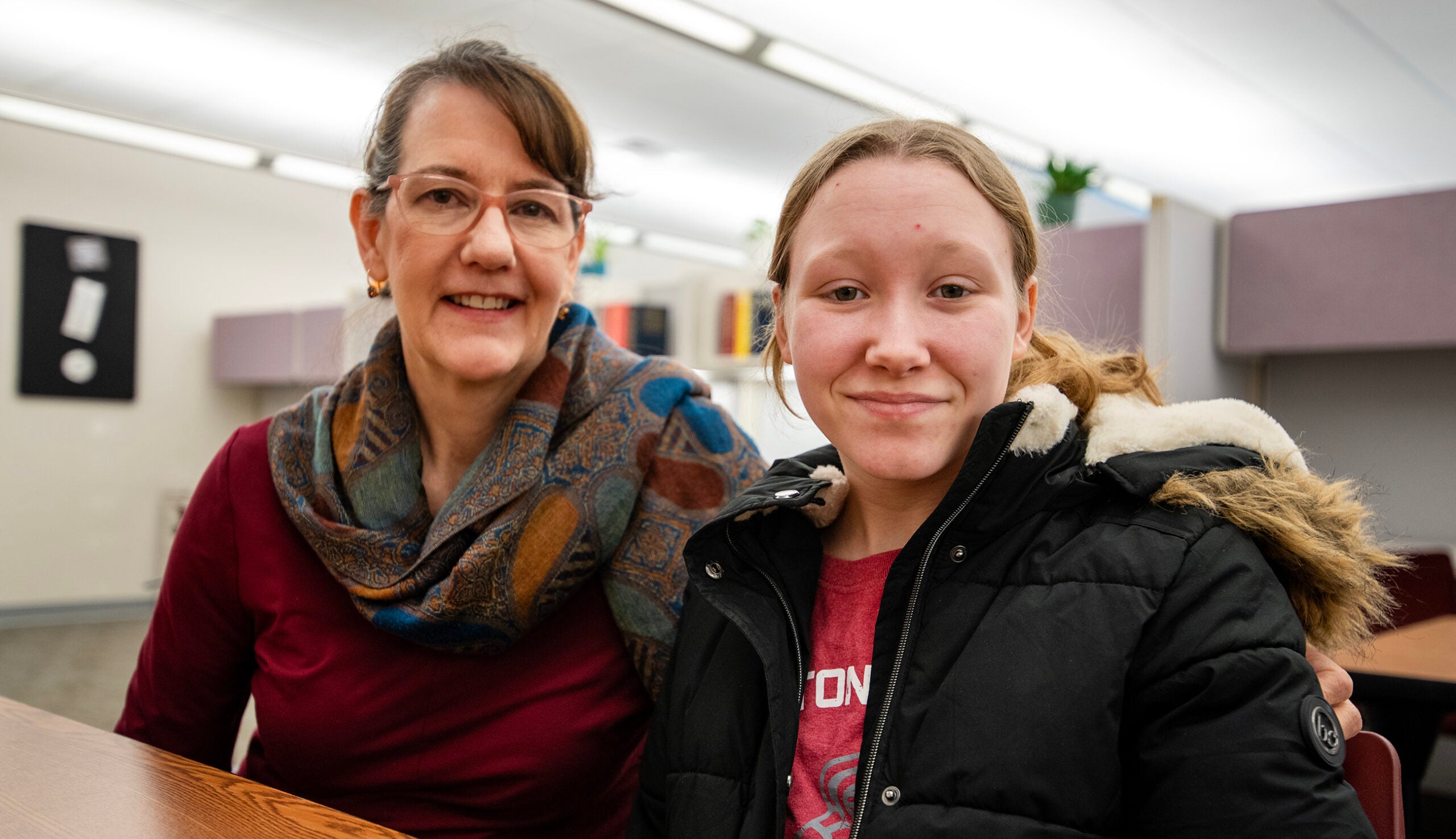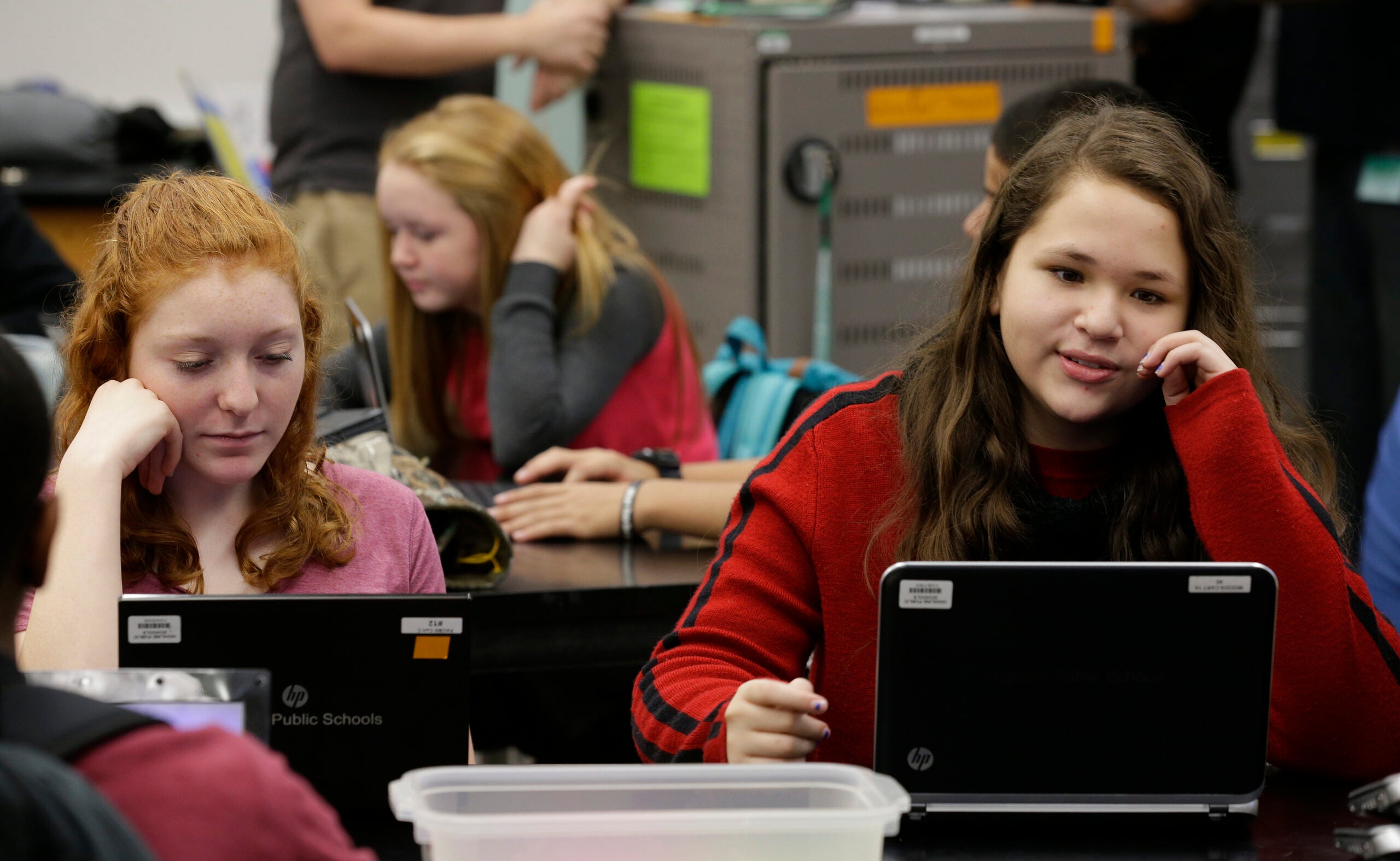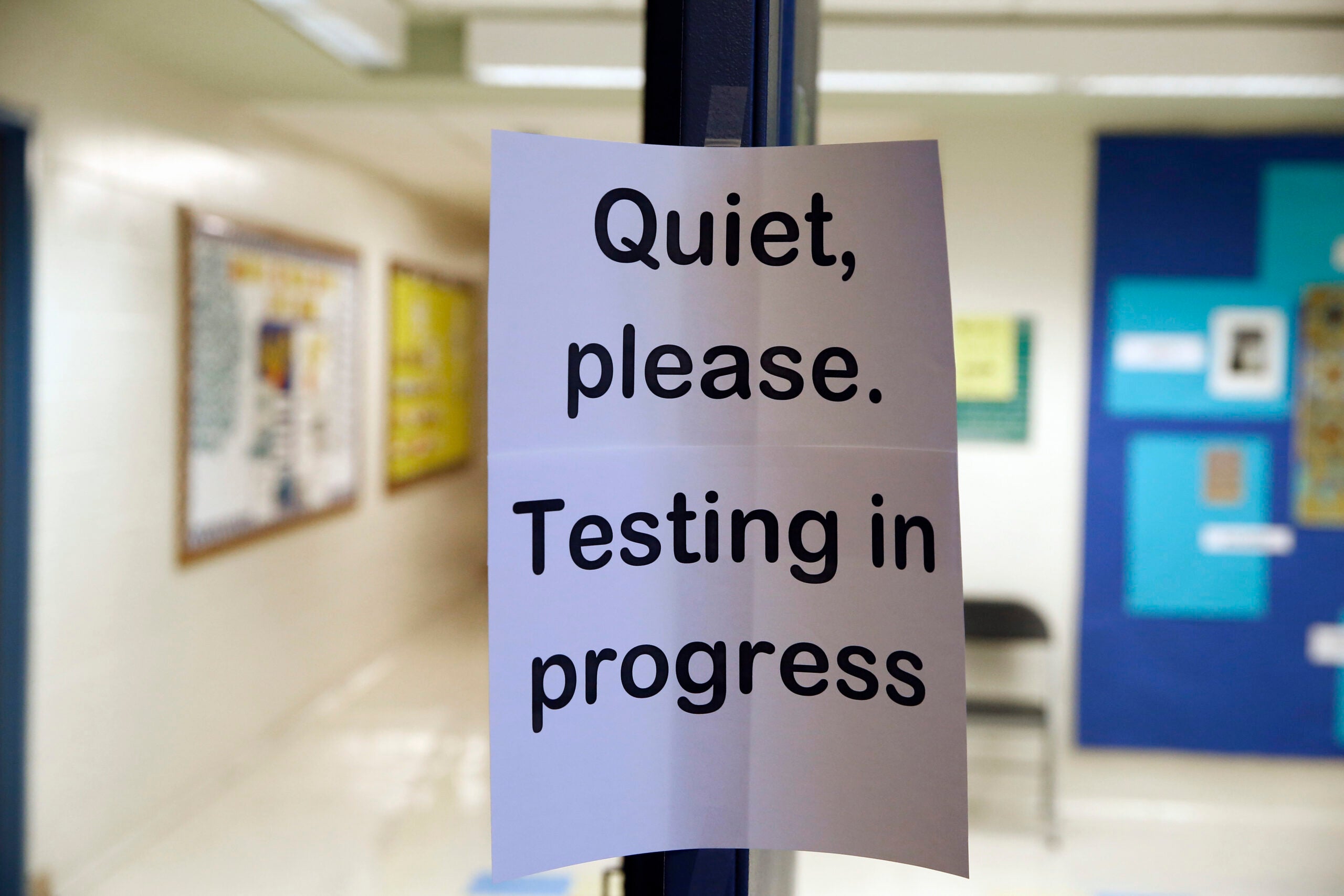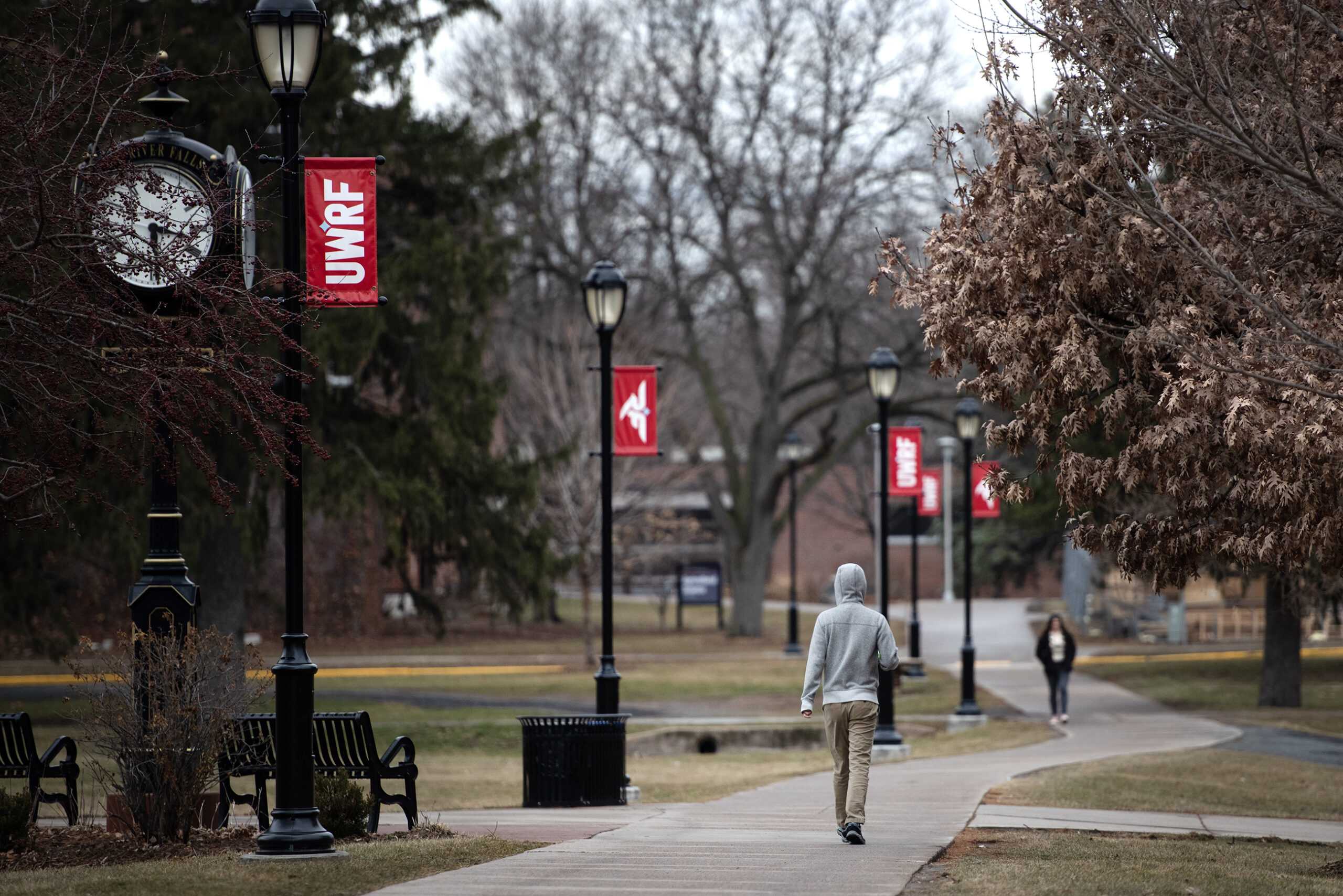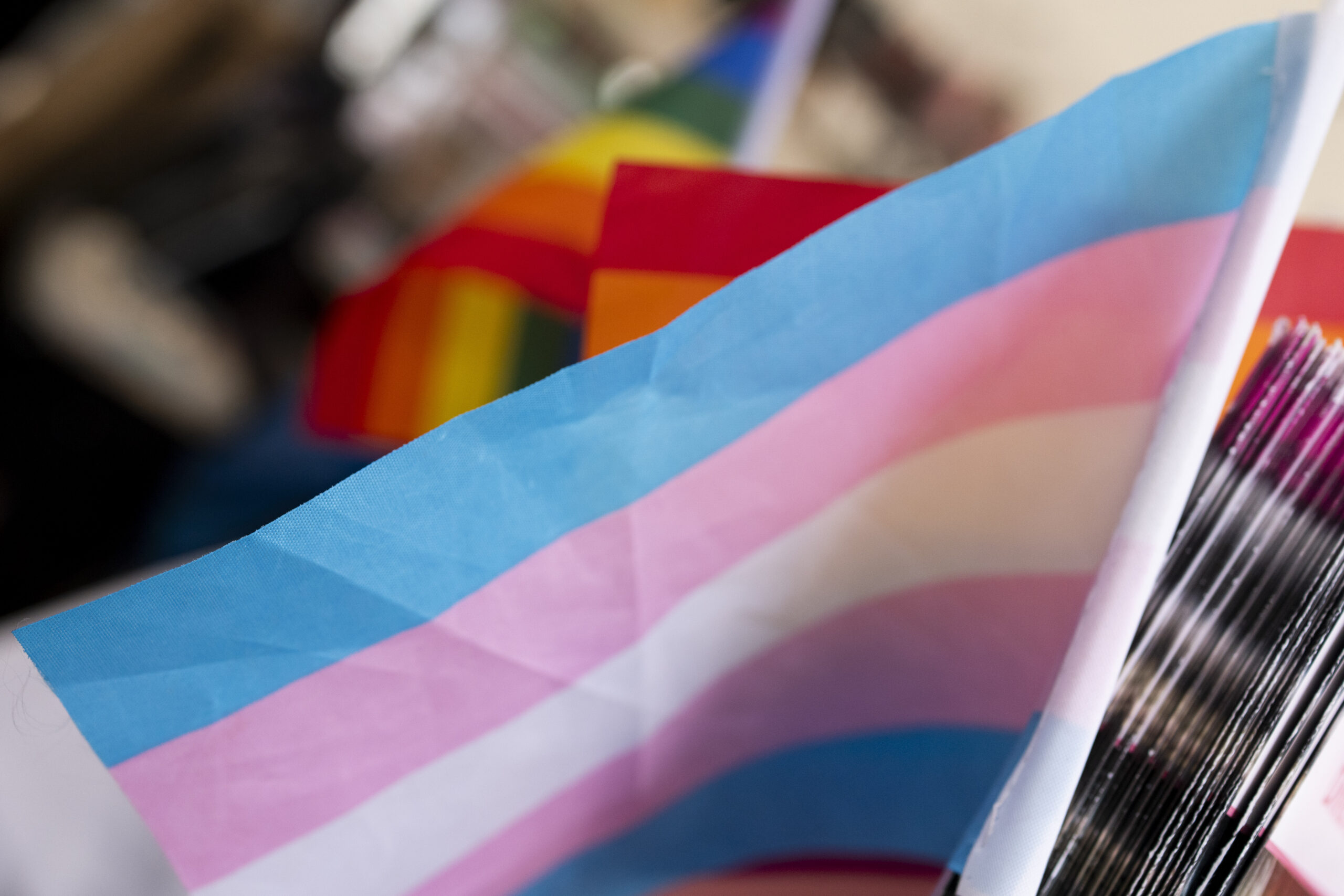The past year has forced adults to have tough conversation after tough conversation with the children in their care about difficult and scary topics.
Conversations about loss and grief. Conversations about justice and inequity. Conversations about violence and hatred. Above all, conversations about uncertainty.
As pro-Trump extremists broke into the U.S. Capitol Wednesday, teachers and parents started planning for another tough conversation.
Stay informed on the latest news
Sign up for WPR’s email newsletter.
“There were a number of (students) who said that it was a really surreal feeling, as if they were watching a movie and trying to process that this was actually real life occurring,” said David Olson, a civics teacher at James Madison High School in Madison who talked through the events with his students the next morning. “But I had at least one other student say that they’ve been desensitized — that this should be shocking, but unfortunately, it wasn’t.”
Olson has a lot of practice working through current events with his students — when President Donald Trump contracted COVID-19 this fall, for example, he used that to teach his students about the 25th Amendment. When they discussed impeachment, students were able to bring their own recollections from last January to ground the lesson in knowledge they already had.
To address Wednesday’s news, he played a PBS NewsHour clip that recapped the events and then facilitated having the students themselves walk through what happened and what the usual process of certifying an election looks like. From there, he let students shape the lesson by asking questions.
That idea of letting children lead the conversation is key, according to child development experts.
Molly Harney, a professor of early childhood studies at the University of Minnesota-Duluth, said it’s important to reflect back the same language kids are using in their questions to help them make sense of distressing topics.
“It should be in response to what the children are asking, and how they’re asking it — paying really close attention to the words they’re using and not adding ours,” she said.
Although Olson said a virtual classroom comes with challenges, he noted that it also had some advantages for grappling with the news — students could message him directly on Zoom, or post anonymously to the Google Jam Board if they had questions that they didn’t feel comfortable asking out loud, and he could still incorporate them as part of the lesson.
Another teacher, Pernille Ripp, tried to find the right balance between making space for her students to process the events, while also allowing students who had already exhausted the topic at home or didn’t want to talk about it with their classmates to continue with their normal schoolwork.
“Knowing that some of my students would definitely come to my class with lots of questions, whereas others, it wouldn’t even be anything that we knew had happened — something that was really important to me in my approach as a teacher was to make sure that there was space for all kids’ experiences and all kids’ voices,” she said.
Her class of seventh graders in the Oregon school district is in the middle of a poetry unit, which Ripp said made a natural space for dealing with political turmoil.
“We’d been looking at poetry as a way to affect the world and to express ourselves,” she said. “Writing and poetry has of course for centuries been used as a way to raise your voice and to highlight issues that you are concerned and care about.”
In practice, she said, that also looked like making space for questions, playing a short news clip about the events to get students on the same page, and then letting students choose to reflect quietly or break it down further with their classmates.
Harney said there are a lot of ways to address the uncertainty, fear and confusion for children in the home, with adjustments based on where kids are developmentally. In addition to making space for questions and couching responses in the same language the children use, she offered a few concrete ways families can approach hard topics.
Think About What Children Are Seeing, And Limit Exposure
“Part of my job when I was raising young children was to filter what was appropriate for them developmentally,” she said. “If I had children in my home, even teenage children, anybody who’s going to be affected by what’s coming in in a way that they might not have ways to process, I think turning off your TVs is an OK thing, and limiting what children are exposed to.”
Harney compares it to handling sexual content — how caregivers should talk to their children, and what they should allow their children to see and hear, about issues surrounding sex, bodies and intimacy changes as they develop. In the same way, she said, adults should think about filtering or limiting news so that it’s not exposing kids to more than they’re ready to handle.
Teach Not Just Through Conversations, But Through Your Actions And Responses
“Our children are learning from watching us more than from what we’re telling them, so how are we navigating our day around incorporating all of this media information, all of the stress that we’re in the middle of — how is that showing up in our home?” she said. “We’re teaching them in everything we do, whether we’re swearing at the TV, whether we’re bantering with our partner in our home and disagreeing and not coming to a safe resolution,” she said.
Be Comfortable Saying ‘I Don’t Know’
“Sometimes things don’t have answers. Sometimes it’s just, ‘Yup, that felt like, good, bad, indifferent, whatever — tell me how that made you feel’ — rather than trying to fix it,” she said. “This is so big, that we (may need) to not have the children assume we have answers all the time either, that ‘Yup, this is confusing, and I’m confused, and let’s talk about holding confusion.’”
Understand That Being Overwhelmed Is Reasonable
The overlapping crises of the coronavirus pandemic, the decades of inequities and gaps in the social safety net that it laid bare, intense political stress and Wednesday’s insurrection are combining to push families past their breaking point, and it’s unclear exactly when relief — from COVID-19, from financial pressures, from the difficulties of handling child care while sheltering in place or continuing to go to work in person — will come. Harney said that has, understandably, left children and adults exhausted and depleted.
“If any one of these issues had been held in isolation, we’d have had a lot to grapple with, but we keep piling on,” she said.
Teachers, too, are feeling the helplessness of trying to help children thrive through wave after wave of difficult challenges.
“As an educator, I want all kids to succeed,” said Ripp, the Oregon English teacher. “It has felt like despite all of the hard work, and despite all of the incredible community support, it still hasn’t been good enough, and that’s been really hard.”
Overlapping Crises Demand More Than Many Families Can Handle On Their Own
Harney works with many parents who have histories of addiction, many of whom are returning to substances in the face of such extreme stress. That, in turn, affects students, who are in many cases less able to get the temporary relief from those issues that comes with being in a school building, because of the pandemic.
Taking care of children and making sure they have what they need also requires supporting the adults who care for them, she said — through financial support, child care support and mental health care that helps buffer against beginning or relapsing into substance abuse or other harmful coping mechanisms.
Make Room For Children To Thrive, And Push Forward
Ripp said that as much as she’s seen students struggle this year, she’s also been inspired by their resilience and hope.
“I’ve seen these kids watch the world, and rather than go, ‘Oh, that’s awful,’ they said, ‘What can we do?’” she said. “That has been incredible, despite everything, to see kids take that upon themselves, and also look towards adults and say, ‘How are you going to help us change the world?’”
Wisconsin Public Radio, © Copyright 2025, Board of Regents of the University of Wisconsin System and Wisconsin Educational Communications Board.
